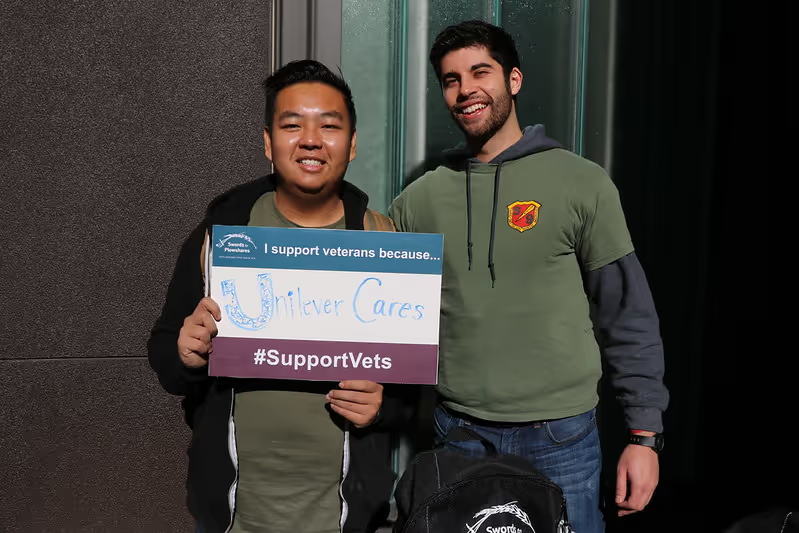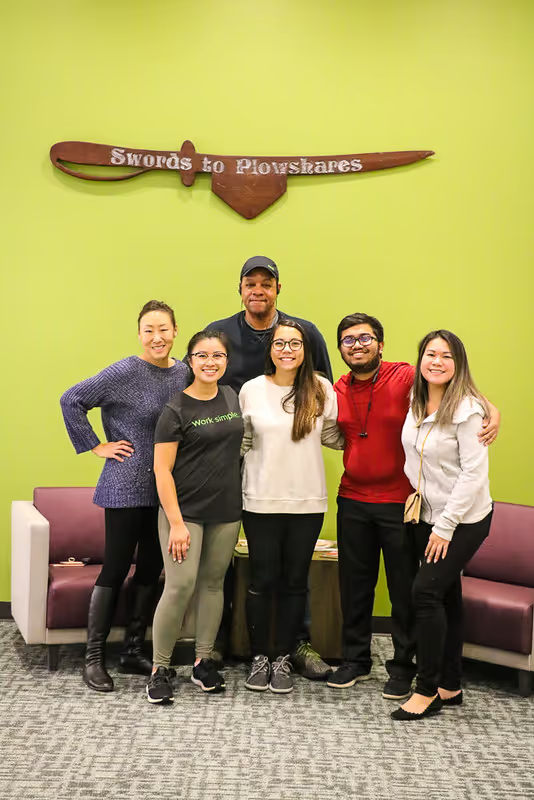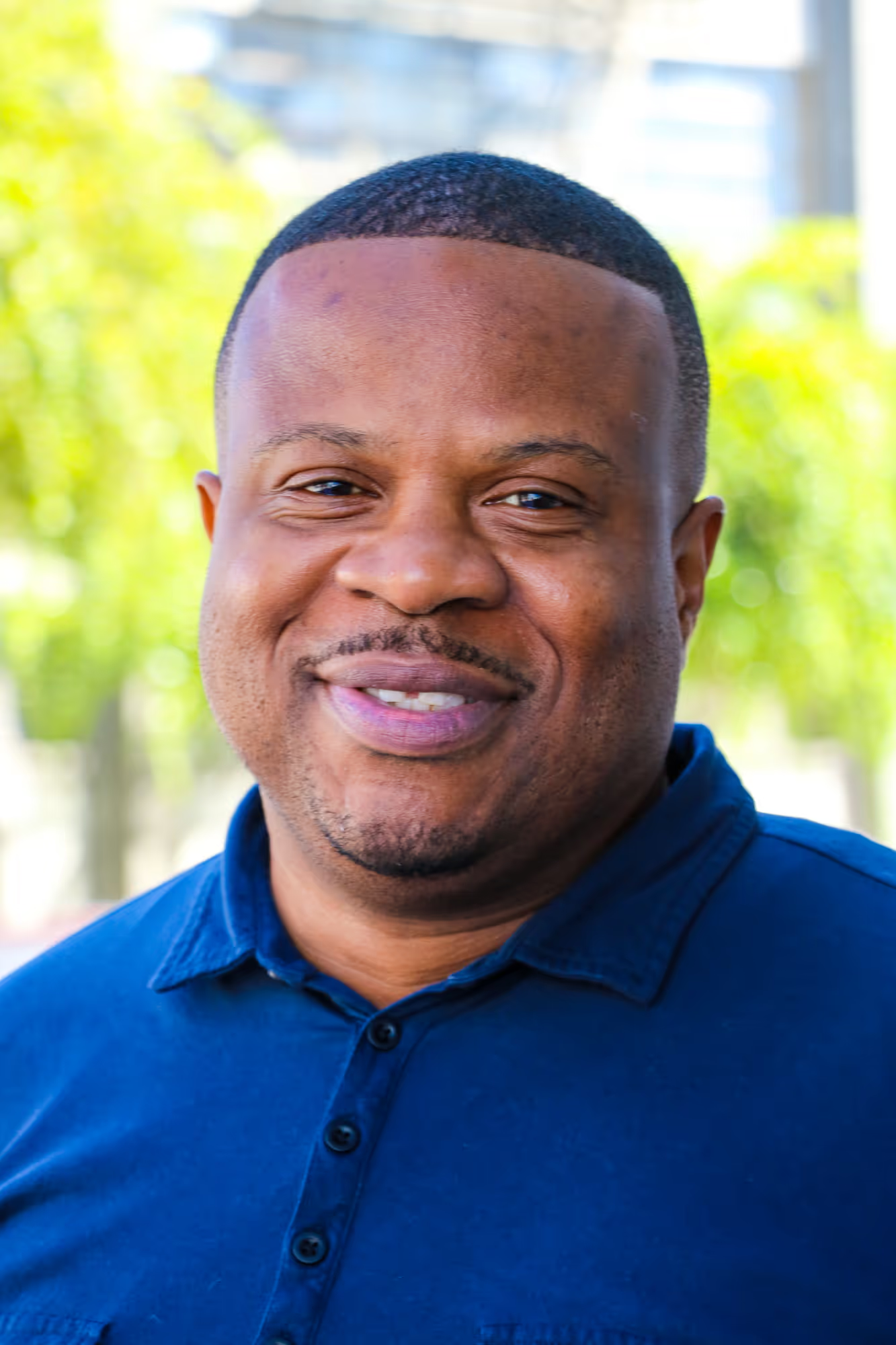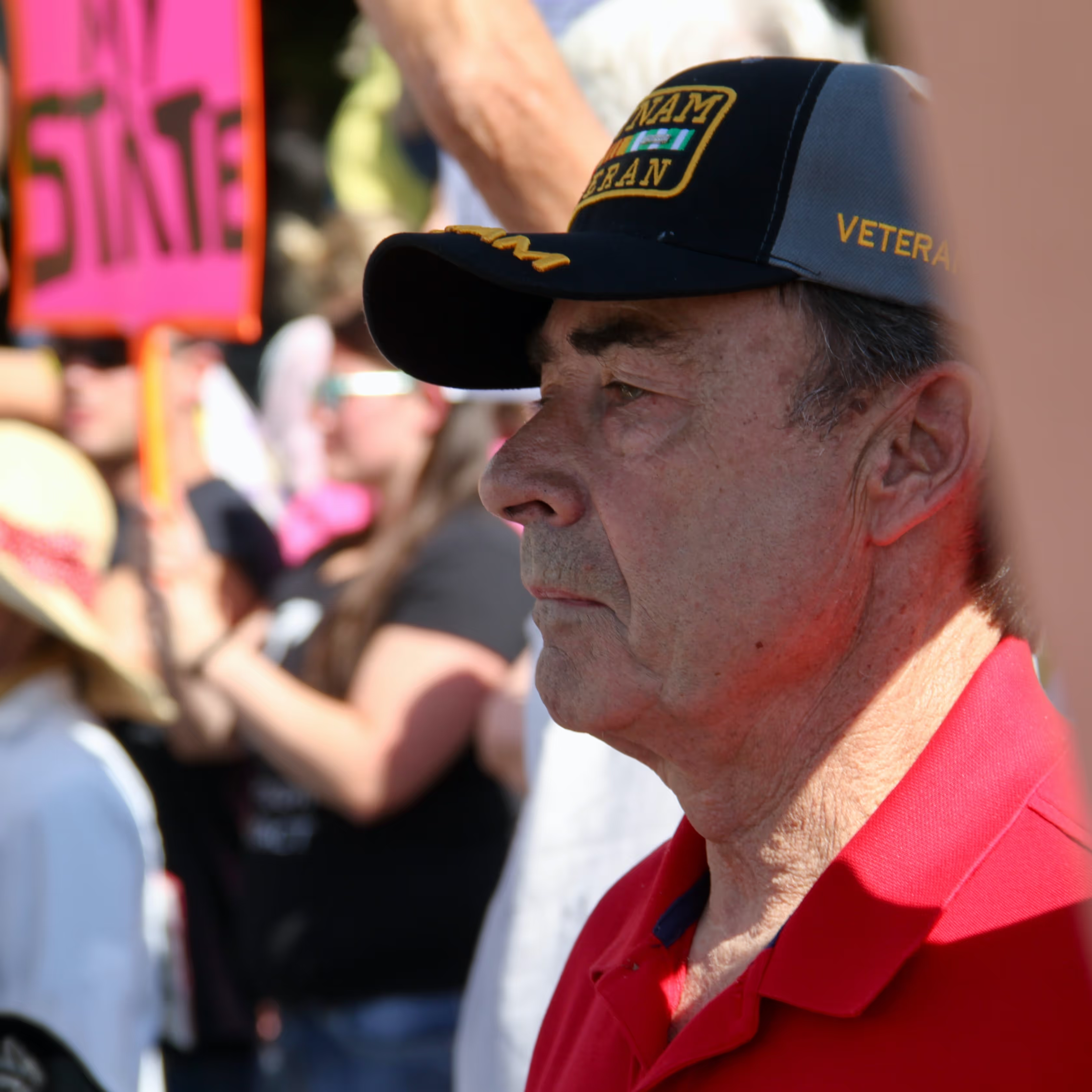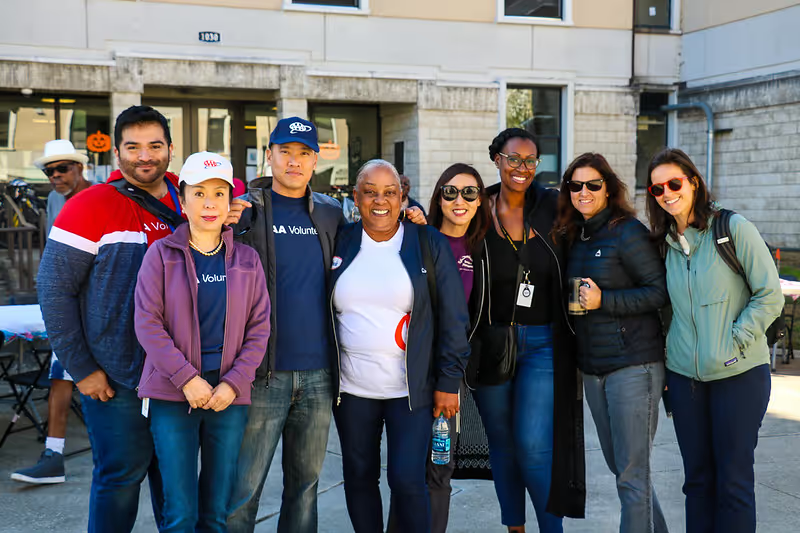WORK WITH COMMUNITY PARTNERS
Just as there is a military-civilian divide, there is a lack of trust between veteran-specific organizations and non-veteran specific organizations. Non-veteran specific agencies can have trouble reaching out to veteran organizations and may feel rebuffed by what can be the insular nature of veteran organizations.
On the other side of the coin, we find that non-veteran specific organizations, while eager to assist veterans, may not understand the investment in time and commitment required to gain some degree of cultural humility and effective client approaches.
Intentional information sharing is absolutely required to forge effective partnerships. Engaging around a specific need, such as access to mental healthcare or aging, are good ways to build collaboratives. If possible, apply the elements of collective impact: a common agenda, shared measurement systems, reinforcing activities, and continuous communications. While time-intensive, it will pay off in better services for veterans. True collective impact efforts require a backbone organization with the capacity to devote staff time to coordinating activities and managing data.
Funders are increasingly interested in breaking down the insular nature of veteran organizations and some even require collaboration with other agencies. By coordinating services and data, you will be better positioned to apply for collaborative grants.
BUILD YOUR NETWORK
On the ground in a specific locality, your network should include:
- Local VA hospital or Community Based Outpatient Clinic (CBOC), local Vet Center, County Veteran Service Office (CVSO), local veteran groups such as American Legion posts.
- Charities that provide housing, employment, and financial assistance (such as Goodwill, Easter Seals), local Department of Health and Social Services, and so on.
- Local government and administration departments, police and first responders, departments on aging, departments of mental and behavioral health, housing, courts and parole.
- Non-veteran community service providers who work with populations that include veterans, women and family clinics, rape crisis centers, LGBTQ+ support organizations, religious institutions.
- Skilled professionals: clinicians, attorneys, medical providers, geriatricians, family service providers.
- State Department of Veteran Affairs, State Employment Development Department (EDD), Department on Aging, National Guard.
- Aligned Advocates: Local Chapters of National Alliance on Mental Illness (NAMI), criminal justice advocates, domestic violence advocates.
